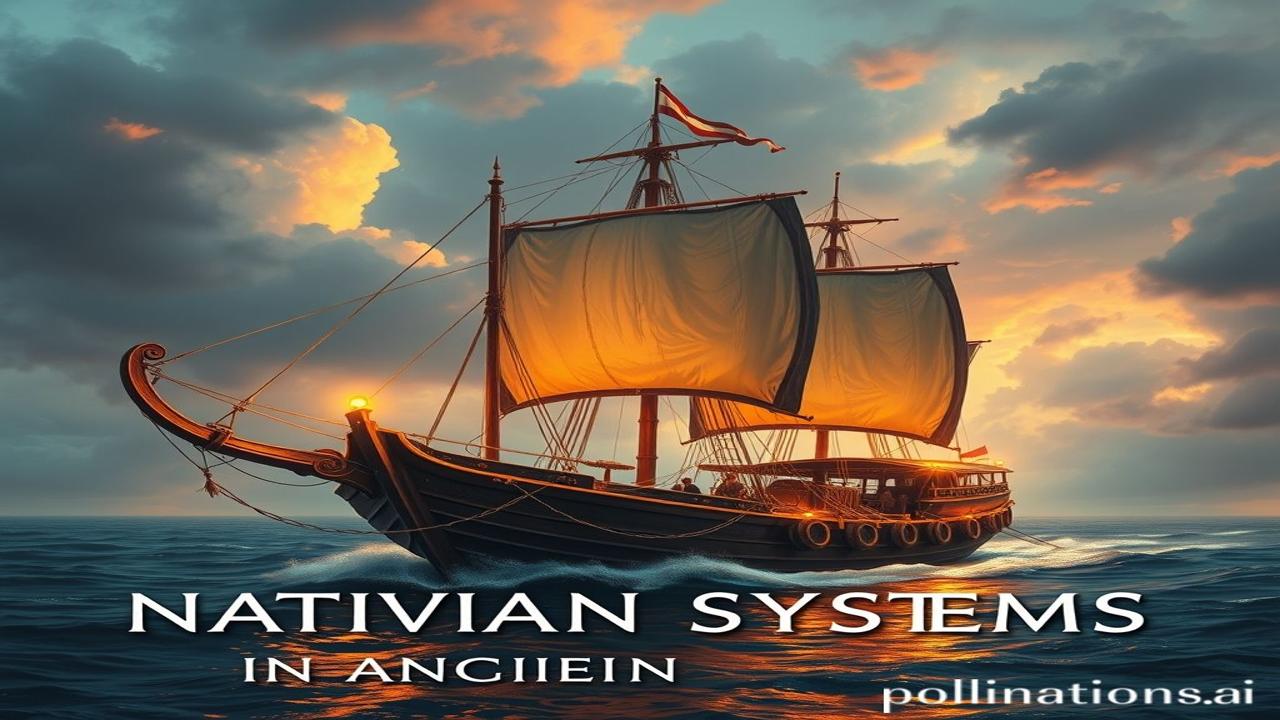Samundar Ki Pukar: Unveiling Ancient Indian Navigation Systems
Kabhi socha hai, jab GPS nahi tha, radars nahi the, phir bhi hamare purvaj bade-bade samundar paar karte the? Kaise? Aaj, hum waqt ki uss dhool ko jhatak kar dekhenge ki unhone kaise apne raste khud banaye, sitaron ko dost banaya, aur samundar ko apna ghar. Let’s dive into the fascinating world of navigation systems in ancient Indian seafaring!
Bharat Varsha Aur Samudra: A Historical Perspective
Ancient India, Bharat Varsha, was a maritime power long before the Europeans even considered crossing the Atlantic. We’re talking about the Indus Valley Civilization (around 3300-1700 BCE), the Mauryan Empire (322-185 BCE), and the Chola dynasty (300 BCE – 1279 CE). Yeh samay tha jab Bharat ki shakti samundar mein leharati thi!
Indian ships sailed to Southeast Asia, East Africa, and even potentially as far as the Americas. This wasn’t just random wandering; they possessed sophisticated knowledge of navigation, currents, and weather patterns. Imagine! Bina kisi digital help ke, woh yeh sab kar rahe the! The importance of this lies in the exchange of culture, goods, and ideas – a true golden age of trade and intellectual exchange. We exported spices, textiles, and precious stones, and imported knowledge, new technologies, and diverse cultural perspectives. This made India a melting pot, a crucible of civilization.
Jeevan Leela: Navigators, Sailors, and the Rhythms of the Sea
Imagine a Chola sailor, his skin tanned by the sun, his eyes scanning the horizon. He wears a simple cotton dhoti and a turban protects him from the scorching sun. He relies on his ancestral knowledge passed down through generations. The ship is made of sturdy teakwood, intricately carved with protective symbols, “Shakti” का प्रतीक.
“Hey Ramu, dekho uttar ki taraf, kya sitare thik dikh rahe hain?” the captain shouts over the roar of the waves. Ramu, a young apprentice, squints at the night sky, trying to identify the constellations. His grandfather taught him everything – how to read the stars, how to understand the rhythm of the tides, how to predict the monsoon winds. These weren’t just sailors; they were astronomers, meteorologists, and deep-sea explorers all rolled into one!
The tools they used were rudimentary but effective. They used the Matsya Yantra, a magnetic compass, for directional guidance. They studied the movement of birds and the behavior of marine animals to predict weather changes. They knew the ocean currents like the back of their hand. Every voyage was a test of their skills, their courage, and their connection to the natural world.
Dhrohar Aur Pehchan: Echoes of the Past in Modern India
Even today, we see glimpses of this glorious maritime past in our culture. Think about the temple architecture along the coast, often depicting scenes of seafaring and trade. Consider the names of certain communities and their traditional occupations – fishermen, boat builders, and maritime traders. The Kalinga traditions of Odisha, the shipbuilding heritage of Kerala – these are all living testaments to our ancient maritime prowess.
We might not be building massive fleets of merchant ships like the Cholas did, but the spirit of exploration and innovation remains. ISRO’s space missions, the Indian Navy’s global presence – these are all modern manifestations of that same spirit of adventure that propelled our ancestors across the oceans. This is Bharatiyata – the inherent desire to explore, to connect, and to contribute to the world.
Mazedaar Tathya: The Myth of Landlocked India
Log aksar sochte hain ki India toh hamesha se landlocked tha, apni hi duniya mein khoya hua. Lekin asli sach yeh hai ki India was a major maritime power for centuries! We had trade routes that spanned continents, and our influence reached far beyond our borders. The myth of a landlocked India is a misconception that needs to be shattered! In fact, the term “Indianization” refers to the spread of Indian culture, religion, and governance systems across Southeast Asia, largely facilitated by maritime trade.
Drishya Aur Bhavnayein: A Symphony of the Senses
Imagine standing on the shores of ancient Muziris (present-day Kerala), the air thick with the aroma of spices, the rhythmic crashing of waves against the shore, the cacophony of languages as merchants from all corners of the world barter for goods. The sun beats down on the bustling harbor, illuminating the colorful sails of the ships docked alongside. The temple bells chime in the distance, a reminder of the spiritual significance of the sea. You can feel the energy, the dynamism, the sheer audacity of a civilization that dared to conquer the oceans.
Antim Vichar: A Legacy of Exploration
The story of ancient Indian navigation is not just a historical account; it’s a story of human ingenuity, resilience, and a deep connection with nature. It reminds us that we are a nation of explorers, of innovators, and of those who dare to dream beyond the horizon.
“Udyoginam Purushasimham Upaiti Lakshmir Daivena Deyamiti Purushah Kadaryah” – Fortune favors the bold and enterprising; only cowards say that fate is the decider.
